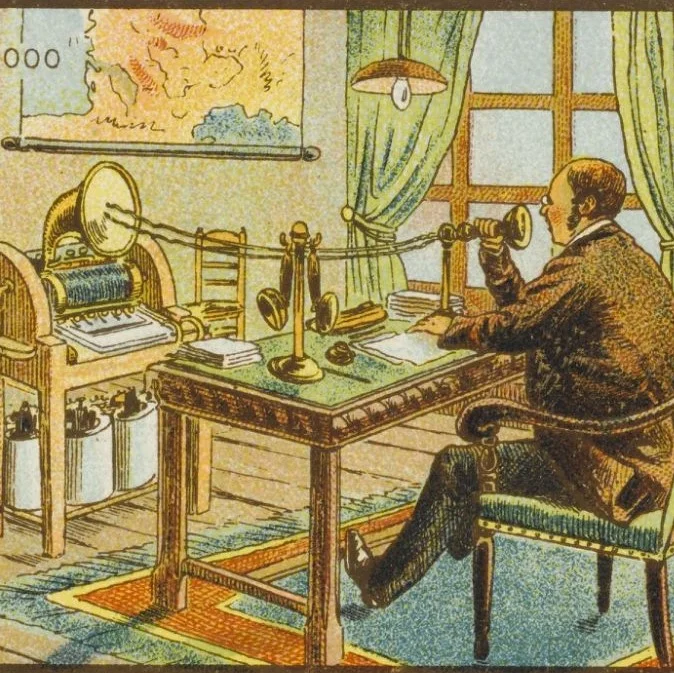May 19, 2017 Working from home and the future of work. How quaint
In 1962, a professor of communication studies called Everett Rogers came up with the principle we call diffusion of innovation. It’s a familiar enough notion, widely taught and works by plotting the adoption of new ideas and products over time as a bell curve, before categorising groups of people along its length as innovators, early adopters, early majority, late majority, and laggards. It’s a principle bound up with human capital theory and so its influence has endured for over 50 years, albeit in a form compressed by the accelerated proliferation of ideas. It may be useful, but it lacks a third dimension in the modern era. That is, a way of describing the numbers of people who are in one category but think they are in another.
This probably includes all of us in one way or other. This anachronism matters more and more because a growing number of ideas that are presented or perceived as new, are actually old or even outdated. Whatever the reasons for this, and the impossible task of keeping up with everything is one of the most important, we inevitably see many things as they used to be, even while our brain tells us we are looking at them as they are. We perceive aspects of the world around us as we do the lights in the night sky, a glimpse into the past, misinterpreted as the present.

